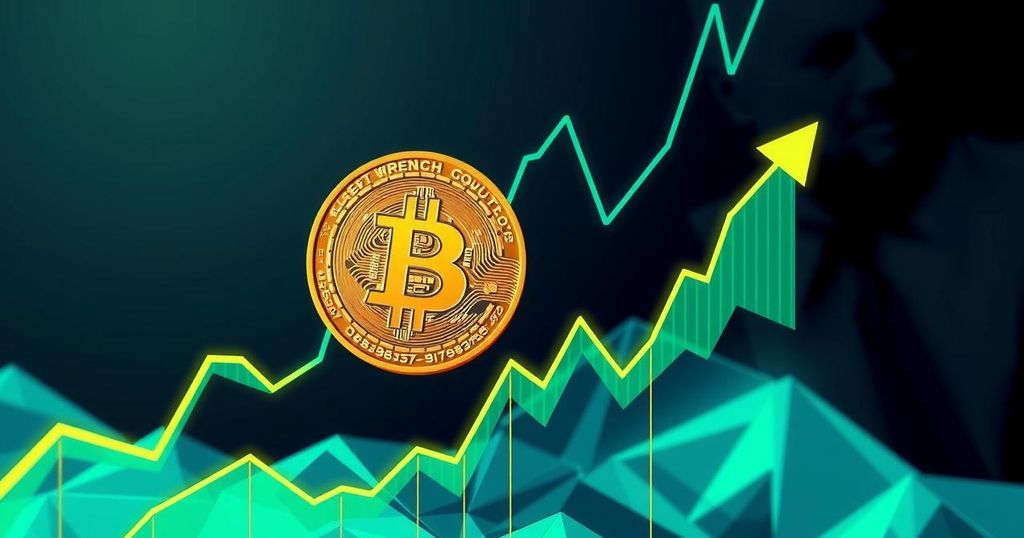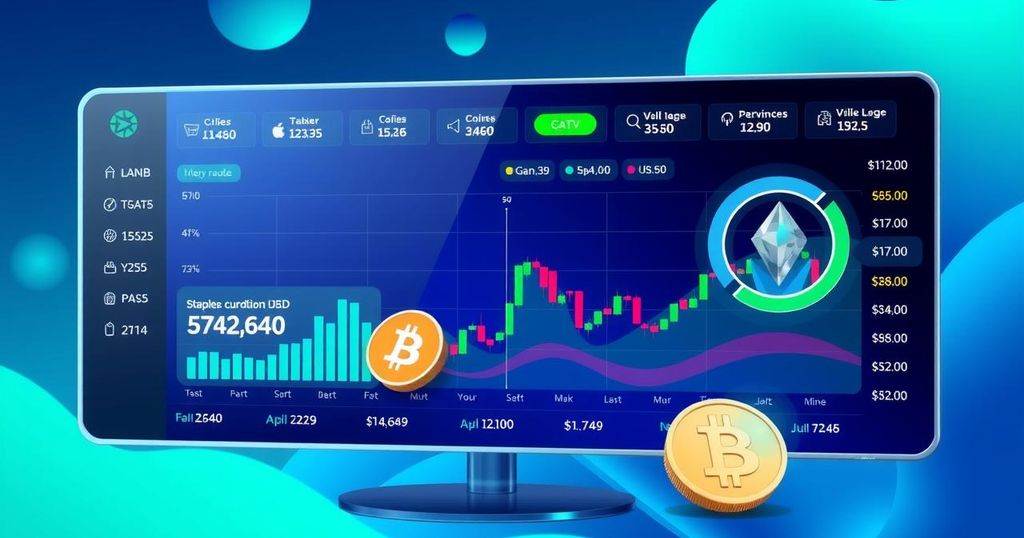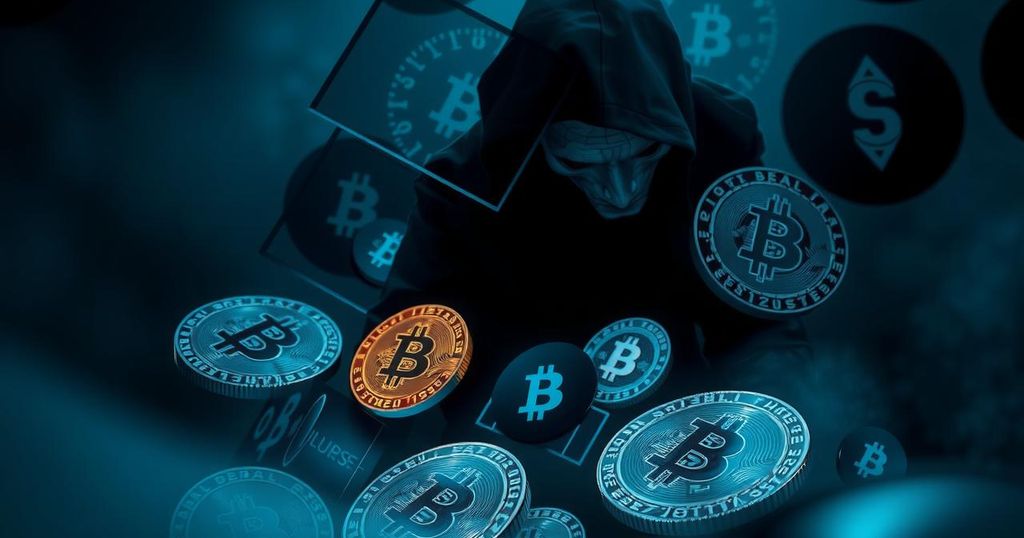Trump’s Strategic Bitcoin Reserve: A Bold Move Ahead of White House Crypto Summit
President Trump has created a Strategic Bitcoin Reserve via an executive order, just ahead of a crypto summit at the White House. This reserve will primarily consist of Bitcoin acquired through forfeiture proceedings, with oversight from the Treasury Department. The establishment signals a shift in crypto policy, contrasting sharply with previous administrations, and has sparked both optimism and skepticism within the industry.
In a surprising move, President Trump has established a Strategic Bitcoin Reserve just one day before a crypto summit at the White House, reflecting a shift in crypto policy from previous administrations. An executive order issued on Thursday directs the Treasury Department to manage a stash of Bitcoin and other digital assets, primarily those seized in government forfeiture cases.
The order states, “Bitcoin is the original cryptocurrency.” It emphasizes the strategic advantages for nations like the U.S. to build their own reserves of Bitcoin, given its capped supply. Along with Bitcoin, the executive order also outlines the formation of a U.S. Digital Asset Stockpile, designed to oversee other digital currencies like Ethereum and a few lesser-known tokens.
Trump’s announcement on social media hinted at the reserve including Bitcoin, Ethereum, and other cryptocurrencies such as Solana, XRP, and Cardano. This news stirred up some controversy, with critics in the crypto world competing against what they see as a hasty government approach to a complex market.
David Sacks, who holds a noteworthy role in crypto policy at the White House, mentioned that the administration reportedly holds around 200,000 bitcoins, valued at roughly $17.5 billion, based on current market prices. This number aligns with the administration’s broader vision to integrate cryptocurrencies into governmental operations more efficiently.
Comparing this to the climate under President Biden, it’s notable that the cryptocurrency space has garnered more attention in Trump’s presidency. Experts are gearing up for what could be an enlightening crypto summit, debating how Trump’s policies shape the direction of this volatile asset class as the market wades through uncertainty due to economic policies and fluctuating investor confidence.
However, the crypto market is notoriously susceptible to changes. With constant remarks about inflation and tariffs, reactions have been mixed. Doomsayers in the crypto community, like law professor Hilary Allen, criticize the reserve’s potential for destabilization. She warned, “The second you start to sell, the price is going to start tanking,” doubting the long-term feasibility of a reserve.
As the summit approaches, uncertainty remains. Gerald Gallagher, from Sei Labs, believes industry leaders gathering at the event will shape policy effectively. He said there are likely more surprises awaiting the market as it adapts to recent job data reflecting the economy’s health. The critical outcome relies heavily on governmental support straddling between regulations and innovation, which is a balancing act that remains in flux.
It’s an undeniably pivotal moment, and all eyes will be on the White House summit as expectations run high for policy revelations that could reshape the crypto landscape. The outcome may signal a new approach toward digital currencies, but the shadow of skepticism lingers over the potential economic implications of a Bitcoin reserve.
In summary, President Trump’s establishment of a Strategic Bitcoin Reserve reflects a substantial shift in government policy towards cryptocurrency. With a focus on Bitcoin and select altcoins, the Treasury Department will be tasked with managing these assets, inviting both excitement and skepticism. The upcoming crypto summit could lead to pivotal changes in how cryptocurrencies are regulated in the U.S., especially as critics voice concerns about potential market destabilization. The atmosphere is charged and anticipatory as stakeholders await further developments following the executive order.
Original Source: www.cnn.com




Post Comment